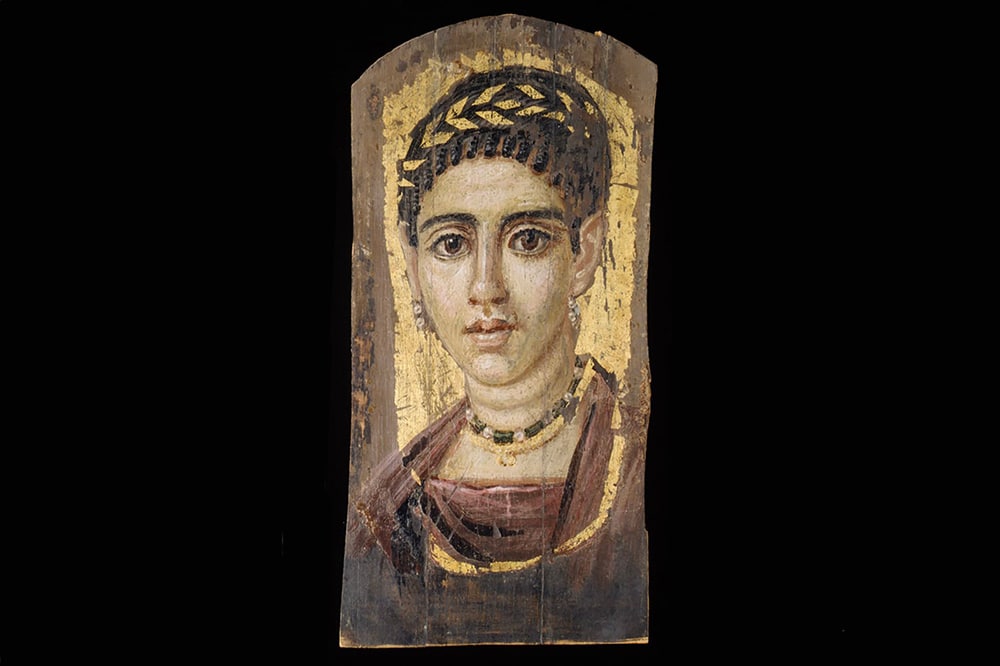Scientists have studied a Fayum portrait of a young woman dating back to the 2nd century and stored at the Metropolitan Museum of Art.
They noticed a tumor on her neck and suggested that it was probably a realistic representation of a goiter – an enlargement of the thyroid gland. This is reported in an article published in the Journal of Endocrinological Investigation.
About a hundred kilometers southwest of Cairo is the Fayum oasis, located in a natural depression with an area of about two thousand square kilometers. People have inhabited the oasis since prehistoric times, but its economic and cultural development began at the beginning of the 2nd millennium BC, when a new capital was built here under the kings of the 12th dynasty – the city of Iti-Tawi. Thanks to built canals and dams in the Fayum oasis, a large area is irrigated, which allows it to become the richest region of Egypt.
The Fayum also flourished in later times, when the country was ruled first by the Ptolemaic dynasty and then by the Romans. Despite the many finds made in the area, the oasis is known above all for the so-called Fayum portraits. They are usually realistic representations made in the Greco-Roman style that cover the faces of mummies. The tradition of their production dates back to the time when numerous foreigners began to settle in Fayum, who adopted the ancient Egyptian experience of embalming the dead. But at the same time, on the faces of the mummies, they did not put voluminous masks, but portraits. These artifacts date back to the first centuries AD and are sometimes found outside the Fayum Oasis. Scientists currently know about a thousand Fayum portraits.
Raffaella Bianucci of the University of Palermo, along with colleagues from Australia, Britain and Germany, studied a Fayum portrait of a young woman wearing a gilded wreath. This artifact, which measures 36.5 x 17.8 centimeters, was acquired in Egypt in the early 20th century and has been dated to AD 120-140. It is currently housed in the Metropolitan Museum of Art.
Scientists note that a tumor is clearly visible on the woman’s neck, which does not resemble the “rings of Venus” – transverse folds on the neck that appear as a result of a number of physiological features. At the same time, according to scholars, most of the Fayum portraits depict people realistically. According to the researchers, the woman probably had goitre. According to the researchers, no earlier cases of goiter have yet been recorded among the ancient Egyptians, although it is very likely that the disease was common. The explanation is that, despite the mass prevention started in Egypt in 1995, which consists in adding potassium iodide to table salt (iodization), goitre is still an endemic disease in Fayoum.
Earlier, it became clear that excavations are taking place in the Fayum oasis. Egyptian researchers discovered a large burial facility and a number of Greco-Roman burials that, among other things, contained papyri and mummy fragments with Fayum portraits.









